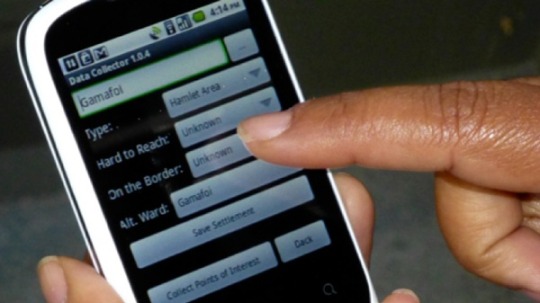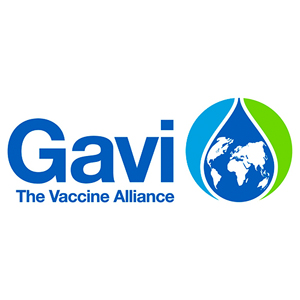Rachael Hore, Gavi
Today, Friday 24th July, marks one year without a detected case of wild poliovirus in Nigeria, one of the last remaining polio endemic countries alongside Pakistan and Afghanistan. This represents huge strides for the fight against polio in Nigeria, which reported 122 cases as recently as 2012.
But this is by no means the end of the story. For the African region to be officially declared polio-free, Nigeria must go three years without a case. Here we explore five ways they have made progress against the disease, which must now be sustained to see polio eliminated for good.
1. Infrastructure

Maintaining the cold chain in Nigeria. Photo: Gavi/Adrian Brooks
Nigeria’s immunisation infrastructure has been hailed as a pillar of success. The improved infrastructure as part of the polio programme has also benefitted routine immunisation, facilitated the roll out of new vaccines and supported programmes to improve maternal, newborn and child health. For example, the purchase and installation of more than 1,600 solar powered fridges for the country’s cold chain supply will help keep the vaccines at the right temperature for effective use. Introduced in February of this year, inactivated polio vaccine (IPV) will play a crucial role in keeping Nigeria polio free as part of the routine immunisation programme.
2. Building community trust

Community discussion and engagement have been key to success. Photo: Gavi/Adrian Brooks.
In 2003, immunisation programmes in Northern Nigeria suffered greatly after political and religious leaders in the states of Kaduna, Kano and Zamfara advised parents not to immunise their children. They inaccurately claimed that vaccines contained ingredients that would cause sterility; as a result immunisation campaigns ground to a halt. To combat this, the Nigerian government worked with respected religious, traditional and community leaders to improve the reputation of vaccines. Dispelling myths about vaccines, especially in northern states, remains a priority.
3. Technology strong enough to fight Ebola

An example of GPS technology used to fight polio in Nigeria. Photo: Gates Notes.
To ensure that every child was reached with the polio vaccine, cutting-edge technologies including GPS satellite tracking technology, were developed with guidance from WHO polio programmes. By enabling real-time contact tracing and daily mapping of identified chains of transmission, this same technology has also been used to help track the chains of Ebola transmission. As a result, the outbreak was swiftly contained, and Nigeria’s Ebola-fatality rate was much lower than elsewhere.
4. Facing the challenges of conflict

Inactivated polio vaccine being administered in Kano state. Photo: UNICEF/Melissa Corkum.
In 2013 immunisation programmes were suspended in Borno and Kano States following violence against vaccinators, making close to eight million children inaccessible for immunisation. In June 2013, vaccinators resorted to “hit and run” tactics which involved working with community leaders close to the lines of conflict to gain quick access to insecure areas to reach as many children as possible. Challenges remain, particularly in the north eastern region, but the success of Nigeria in vaccinating children in Boko Haram controlled areas offers hope that security issues in Afghanistan and Pakistan can also be overcome.
5. National support

Routine immunisation in Nigeria. Photo: Gavi/Adrian Brooks.
Nigeria must continue its commitment to ensuring the delivery of vaccines to all children, including continued vigilance on the part of surveillance and collaboration between government, partners, community leaders and health workers across Nigeria. The Nigerian government has demonstrated its commitment to this end; domestic funding for polio for 2015 is US$ 80 million.
With continuing challenges of corruption, poverty and instability, it’s clear that there is still a long way to go, and routine immunisation and a strengthened health system must remain priorities. Nevertheless, this anniversary represents progress and hope for improved healthcare in Nigeria and for the elimination of polio world-wide.






